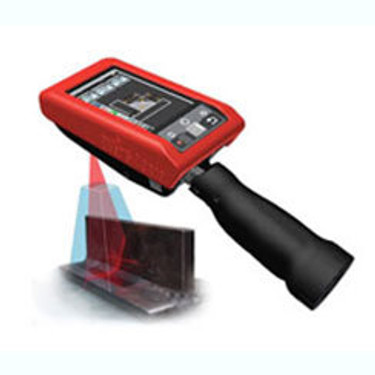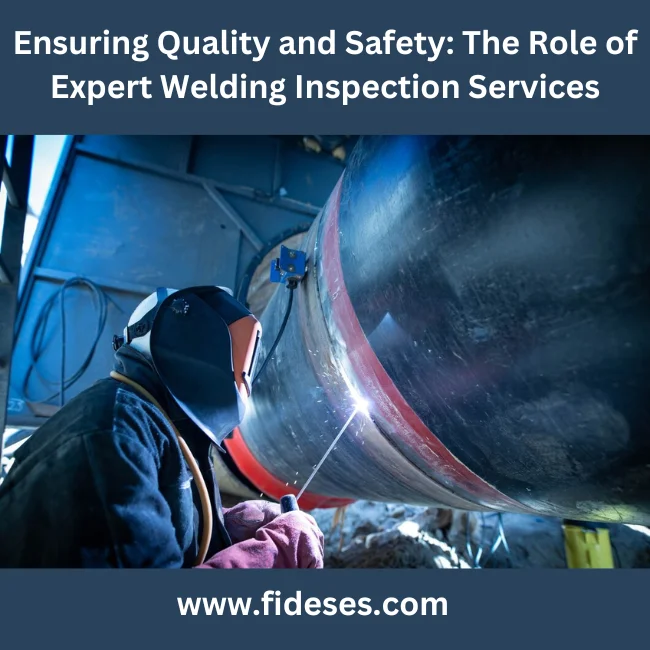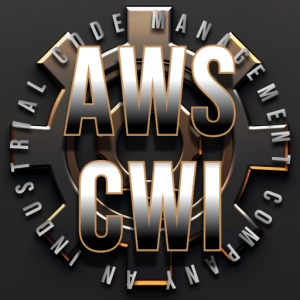Maximize Your Welding Top Quality with Professional Inspection Services in Gilbert Arizona
Discovering the Importance of Welding Examination in Industrial Applications: Safeguarding Versus Failures and Enhancing Durability
Welding inspection works as an important line of protection in industrial applications, making certain the architectural integrity and reliability of welded elements. By systematically determining problems such as porosity and incomplete combination, evaluations not just avoid failures but additionally expand the lifespan of essential properties. Sticking to sector criteria enhances both security and operational effectiveness; however, the implications of ignoring these methods can be serious. As we examine the multifaceted advantages of normal examinations, it becomes noticeable that understanding these characteristics is not merely a matter of compliance but a critical essential for long life and risk mitigation.
Role of Welding Evaluation
Welding inspection functions as an important secure in industrial applications, making sure that welded frameworks fulfill defined standards of quality and safety and security. This process entails an organized assessment of welds to validate their integrity, strength, and compliance with well established codes and requirements. The role of welding examination is complex, incorporating both visual analyses and non-destructive screening approaches, which may consist of ultrasonic, radiographic, or magnetic particle screening.
Effective welding assessment recognizes prospective concerns early, alleviating the danger of devastating failures that can occur from inadequate welds. By ensuring that welds are performed according to design requirements, assessors add to the total structural dependability and durability of elements in important applications, such as stress vessels, pipes, and structural frameworks.

Typical Welding Flaws

Among one of the most prevalent flaws is porosity, characterized by small gas pockets caught within the weld metal. This happens as a result of pollutants or incorrect securing gas, compromising the weld's strength. An additional substantial defect is insufficient blend, where the weld metal stops working to bond correctly with the base material, potentially causing structural weaknesses.

Splits can likewise create throughout or after the welding process, frequently connected to thermal stresses or incorrect air conditioning rates. Furthermore, undercutting, where the base metal is deteriorated along the weld bead, can weaken the joint and is typically brought on by extreme warmth input or inaccurate method.
Additionally, lack of infiltration happens when the weld steel does not get to the origin of the joint, causing poor strength. Understanding these typical defects is crucial for welders and inspectors alike to make certain that bonded structures meet security and performance requirements, ultimately stopping possible failings in industrial applications.
Benefits of Routine Examinations
Regular inspections act as an important protect in making sure the reliability and longevity of welded frameworks. These examinations determine prospective defects and weak points that might jeopardize the integrity of welds, permitting timely removal before problems intensify. By carrying out a structured examination regimen, organizations can significantly minimize the danger of catastrophic failures that might lead to expensive downtime, equipment replacement, or perhaps crashes.
Furthermore, routine evaluations contribute to boosted top quality control throughout the welding process. By adhering to a regular assessment schedule, business can ensure that their welding methods satisfy well-known quality benchmarks and best practices. This not only cultivates a society of liability however also encourages continual improvement amongst welding employees.
On top of that, routine inspections promote far better maintenance preparation. By identifying damage early, companies can strategically set up repair services and substitutes, decreasing disturbance to operations. This proactive approach eventually causes prolonged asset life-span and boosted general efficiency.
Finally, a commitment to routine assessments can boost a company's credibility in the industry. Stakeholders and customers progressively worth organizations that focus on safety and high quality, thus boosting count on and possibly leading to enhanced organization possibilities.
Industry Standards and Regulations
Sticking to industry criteria and guidelines is a basic aspect of welding evaluation that enhances the benefits of regular evaluations. These requirements, established site by companies such as the American Welding Culture (AWS) and the American Society of Mechanical Designers (ASME), give a structure for best techniques in welding procedures, materials, and assessment techniques. Compliance with these policies makes sure that welds fulfill the required top quality and safety and security criteria, significantly lowering the threat of structural failures.
Governing bodies like the Occupational Safety And Security and Health Management (OSHA) further apply standards that protect employees and the atmosphere throughout welding operations. By following these developed standards, sectors can boost the reliability of their structures and parts, guaranteeing they execute as intended under various operational problems.
Additionally, adherence to market criteria fosters uniformity in quality control, promoting smoother interaction among stakeholders and regulative companies. This positioning not only lessens obligation threats but additionally enhances the credibility of companies in affordable markets. Welding Inspection Gilbert Arizona. Inevitably, compliance with welding standards and laws is not simply a legal commitment; it is an important financial investment in security, efficiency, and lasting functional success
Future Trends in Welding Examination
As markets remain to progress, the future of welding assessment is positioned to incorporate sophisticated modern technologies that enhance accuracy and effectiveness. One of one of the most considerable patterns is the adoption of automation and robotics in evaluation processes. Automated systems can conduct evaluations quickly, decreasing human error and boosting throughput in making settings.
Additionally, the integration of synthetic knowledge (AI) and artificial intelligence algorithms will make it possible for anticipating analytics, permitting for real-time assessments and proactive maintenance. By evaluating data from previous inspections, these modern technologies can identify patterns that can suggest prospective failings, consequently extending the life-span of bonded parts.
Additionally, look at this website non-destructive testing (NDT) methods are expected to become extra sophisticated, using tools such as drones and autonomous lorries outfitted with sophisticated sensing units. Welding Inspection Gilbert Arizona. These improvements will certainly enhance the ability to examine harmful or hard-to-reach locations without jeopardizing safety
Moreover, the fad in the direction of digitalization will cause boosted data administration systems that help with much better monitoring, reporting, and compliance with market requirements. In summary, the future of welding assessment is defined by technological innovations that promise to considerably boost dependability, safety and security, and functional efficiency in numerous commercial applications.
Final Thought
In final thought, welding assessment serves an important function in guaranteeing the stability and toughness of bonded structures across various industrial applications. As improvements in modern technology continue to advance, the future of welding assessment guarantees enhanced accuracy and performance, ultimately adding to the longevity of crucial facilities.
Welding evaluation serves as a critical line of defense in industrial applications, ensuring the architectural stability and dependability of welded parts.Welding company website assessment offers as a vital safeguard in commercial applications, making certain that welded frameworks meet defined requirements of top quality and safety. Inevitably, the duty of welding inspection is important in advertising safety and security, enhancing performance, and protecting investments in commercial facilities.
These requirements, established by companies such as the American Welding Society (AWS) and the American Culture of Mechanical Engineers (ASME), provide a framework for finest techniques in welding procedures, products, and evaluation methods.In final thought, welding examination offers a crucial function in ensuring the stability and resilience of welded structures across numerous industrial applications.